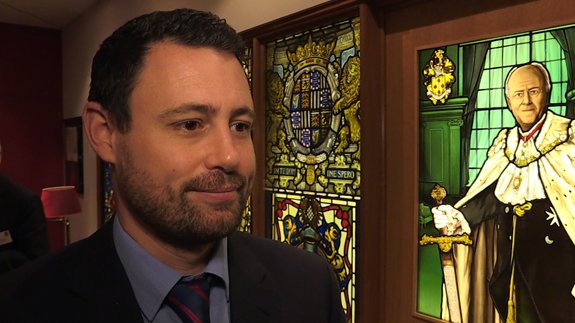The biggest challenge in getting consumers to drive electric vehicles (EVs) is the “lack of normalisation”.
That’s according to Peter Laslett, Deputy Head of the Office for Low Emission Vehicles (OLEV), a team working across government to support the early market for ultra-low emission cars.
They include pure battery-electric, hydrogen fuel-cell and plug in-hybrid vehicles.
Mr Laslett said “they are still seen as a bit of a niche vehicle” but the key is “getting [consumers] used to plugging in a car”.
While they can be more expensive, consumers need to look at the life-long costs as opposed to the upfront price of the vehicle, he added.
He believes the infrastructure is also currently a challenge as more charging points are needed.
Mr Laslett told ELN: “We’ve been very fortunate in the Spending Review, the government has committed £600 million between 2015/16 and 2020/21 for the ultra low-emission agenda.”
He went on: “We have a range of objectives, the government has an ambitious target of having virtually every car and van zero-emission by 2050 and in terms of fleet renewal we’d like to see all new sales for cars and vans to be zero emission by 2040 so those are long-term goals and we’re working towards them.
“In the short term we want to see increasing uptake of ultra low-emission vehicles so we are on trajectory to meet that long-term goal.
“However we also want to attract inward investment to the UK so we continue to be a world leader in the development and the sale of ultra low-emission vehicles.”





